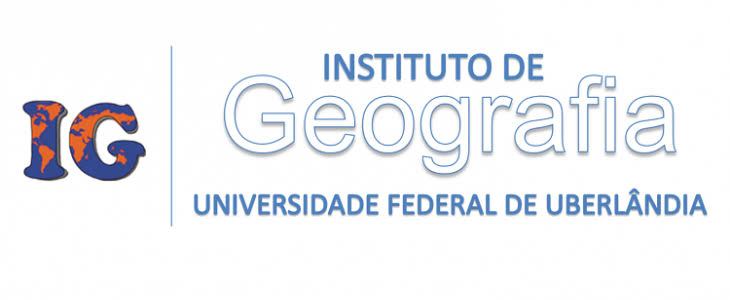AS PAISAGENS DO MUNICÍPIO DE PINHAIS (PARANÁ/BRASIL): UMA ABORDAGEM SEGUNDO O CONCEITO DE HEMEROBIA
DOI:
https://doi.org/10.14393/RCG207242838Keywords:
Landscape unites, Urban ecology, Hemeroby, PinhaisAbstract
The landscapes of the Municipality of Pinhais (State of Paraná/Brazil) were identified, classified and mapped according to the concept of Hemeroby, which comprises the technological and energetic dependency the landscapes own for their own maintenance. . To achieve that, satellite images from the year of 2017 available through Google Earth were used in order to identify the Landscape Units of the study area. The mapping was done in the scales of 1:40,000 to 1:50,000 using the software ArcGIS 10.3, Arcmap module. Five classes of landscape hemeroby were identified and delimited through adaptations made to the method proposed by Belem and Nucci (2011). Amongst the attained results, it was evidenced that approximately 41% of the study area had the maximum hemeroby, this being relatively the worst class. The identified area occupies the western and southwestern parts of the municipality, characterized by residential, commercial and industrial uses. The better classes of hemeroby (minimum and low) represent almost 43% of the municipality. Land uses in such area are characterized by natural and/or planted vegetation; crops; open fields; rivers and a part of the Iraí reservoir. The reached results with the proposed method present themselves as an important tool to comprehend the dynamic.
Downloads
Downloads
Published
How to Cite
Issue
Section
License
Autores que publicam nesta revista concordam com os seguintes termos: a) Autores mantém os direitos autorais e concedem à revista o direito de primeira publicação, com o trabalho licenciado sob a Creative Commons Atribuição-NãoComercial-SemDerivações 4.0 Internacional. b) Autores têm permissão e são estimulados a publicar e distribuir seu trabalho online (ex.: em repositórios institucionais ou na sua página pessoal), já que isso pode gerar alterações produtivas, bem como aumentar o impacto e a citação do trabalho publicado. c) Em virtude de aparecerem nesta revista de acesso público, os artigos são de uso gratuito, com atribuições próprias, em aplicações educacionais e não-comerciais.










